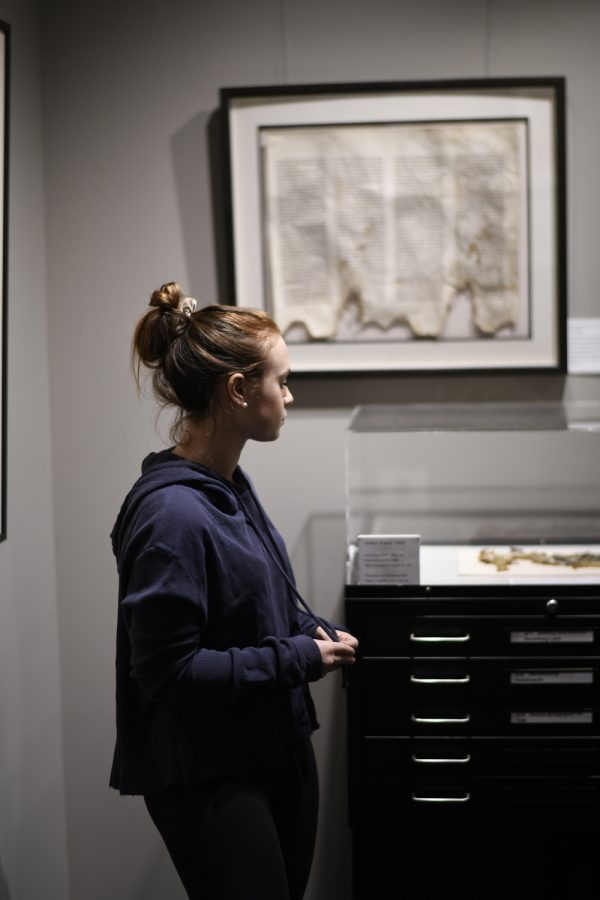Disturbing Rise in NYC Anti-Semitism
This picture, from Bronx Science’s Holocaust Museum, is a sign of the unwavering strength of the Jewish community, even in the face of rising persecution.
“Growing crisis.”
“Domestic terrorism.”
These are the words that New York City Mayor Bill DeBlasio and New York Governor Andrew Cuomo have used to describe the recent spate of anti-Semitic attacks that have occurred across New York City and state.
Over the last two years, anti-Semitic acts in New York have increased steadily. In 2019, 419 hate crimes were committed statewide. Over half were anti-Semitic in nature. The disturbing regularity and motivation behind these attacks have been of great concern to New York’s Jewish community, the largest outside of Israel, and its members now feel alienated and afraid, even in areas that used to be safe havens.
The Orthodox Jewish community has been facing the brunt of the attacks, and its members are easy targets due to their traditional style of dress and grooming. Despite the severity and magnitude of this crisis, media coverage and political action have failed to address the root of the problem. Instead of targeting those who cause the attacks, some have even gone as far as blaming Hasidic Jews — contending that their large families and expanding communities are deserving targets of persecution. These critics blame Jews for gentrification and believe they are forming shtetls (Jewish neighborhoods and towns) reminiscent of those in Europe before the Holocaust.
While there have been physical attacks and violence, another part of this disturbing trend are the rhetoric and symbols that have been appearing in New York for the last couple of years. In upstate counties, in order to prevent the expansions of Jewish Orthodox communities, officials have begun to change zoning laws to prohibit the construction of new houses of worship.
Anti-Semitism seems to be only growing. Since December of 2019, there have been thirteen anti-Semitic attacks in New York City alone. While the presence of security and police in Jewish neighborhoods and synagogues has increased, it in no way mitigates the constant fear of anti-Semitic hate crimes. New York City has tried to take other measures, such as increasing education against hate crime, setting up a Hate Crimes Unit in the New York Attorney General’s office, and redefining hate crimes as domestic terrorism to open up resources and funding for mitigation and protection. For Jews on the street, especially those who wear kippahs or other traditional garb, all efforts will be insignificant until they know they won’t be attacked for peacefully practicing Judaism.
For Jews on the street, especially those who wear kippahs or other traditional garb, all efforts will be insignificant until they know they won’t be attacked for peacefully practicing Judaism.
For Jews on the street, especially those who wear kippahs or other traditional garb, all efforts will be insignificant until they know they won’t be attacked for peacefully practicing Judaism.
Josh Kutler is a News Editor for ‘The Science Survey’ and a Group Section Reporter for ‘The Observatory’ who enjoys keeping the students of Bronx...
Nate Lentz is a Photo Editor and Chief Photographer for ‘The Observatory.’ Nate has always had a great appreciation for the world around him, and uses...











